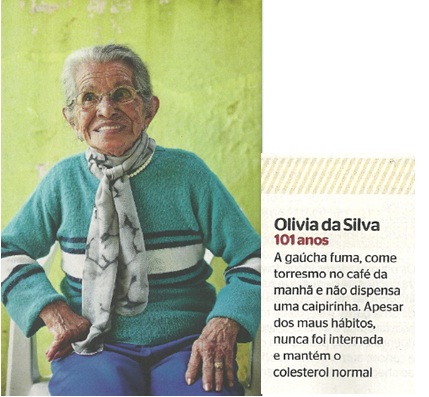 Smoking is the main reason that men live less than women (75 years vs. 83 years on average) in Europe, according to a group of experts from Public Health Unit and Social Council of Medical Research in Glasgow, Scotland In a study published this week by the British Medical Journal. According to the survey, smoking-related diseases (lung cancer and cardiovascular diseases, among others) are responsible for 60% of the gender gap in mortality rates in Europe and kills twice as many men than alcohol.
Smoking is the main reason that men live less than women (75 years vs. 83 years on average) in Europe, according to a group of experts from Public Health Unit and Social Council of Medical Research in Glasgow, Scotland In a study published this week by the British Medical Journal. According to the survey, smoking-related diseases (lung cancer and cardiovascular diseases, among others) are responsible for 60% of the gender gap in mortality rates in Europe and kills twice as many men than alcohol.The changes in the habits of women, however, indicate that these differences tend to decrease. In Spain, for example - where men live six years on average less than women - cigarette smoking rose from 23% to 27.2% in 15 years, while they stopped smoking: 55% of smokers became 42.1% in the same period.
Deaths from smoking-related diseases are also increasing among women: from 1,281 in 1978 to 5,981 in 2006. "If exposure to risk factors are equal between the sexes, differences in mortality rates are lower and life expectancy of shorten men and women, "explains Bartomeu Massutti, secretary of the Spanish Group for Lung Cancer.
Data by country show that the further north, the smaller the difference in life expectancy between men and women, a fact which has traditionally been explained by genetic causes or race, but we now know that women in countries north passed to smoke more than two decades earlier than the south.
In Brazil survey by the National Cancer Institute (Inca) shows that of the approximately 25 million smokers, women start smoking earlier than men. However, according to the Inca, they quit smoking at a rate two times higher than that of men. According to the Special Survey of Smoking among young people, men smoke more than 2.5 women.
And among the other age population this ratio is lower. According to the survey, in Brazil there are about 25 million smokers aged above 15 years of age. However, according to the Inca, there was a decline in tobacco consumption in recent decades.



No comments:
Post a Comment